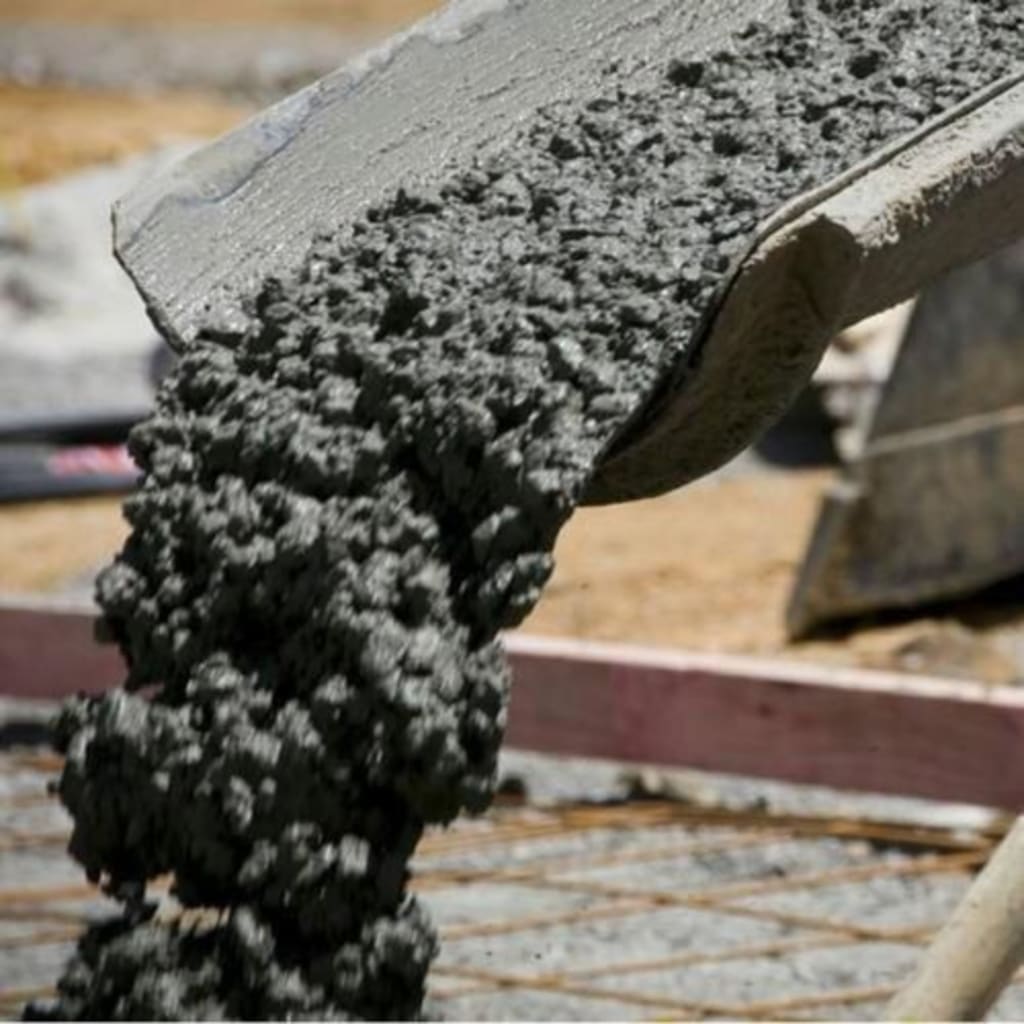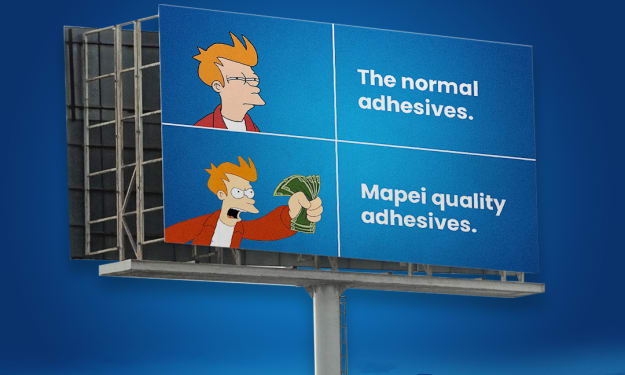What is Concrete? What Does It Do?
Concrete admixture

What is concrete? What does it do? is a question you've probably asked a million times but might not fully understand. This article will cover the ingredients used to make concrete or precast concrete, its properties, and how to use it. You'll also learn how to maintain concrete structures once you've finished building them. You can start by reading the list of ingredients that go into concrete. This list will provide a good starting point for understanding the importance of concrete in our everyday lives.
Materials used to make concrete.
While the use of concrete is ubiquitous, it can also cause significant environmental damage. The manufacturing process of cement or concrete admixtures, which involves high temperatures, accounts for approximately 8% of anthropogenic carbon dioxide emissions and uses up to two percent of the world's energy supply. Concrete has a long history of being a valuable building material, but some environmentalists argue that concrete is the least polluting of all construction materials.
The global use of concrete is staggering, as it is the second most widely-produced material globally. Some estimates place this number as high as 30 billion metric tons annually. Its use in building infrastructure ranges from bridges to roads to highways, high-rise buildings, and sewage systems. The global cost of producing concrete is mainly consistent across countries and industries but can be higher or lower depending on its finish, grade, and surface preparation.
Properties of concrete
The composition of a concrete mix determines the properties of the finished product. Depending on the proportions used, concrete can be either homogenous or uneven. The percentage of water in the mix and void content will determine its workability. Some of these properties will decide the weight of the concrete. The ratio of water can be measured to give a general idea of the mix's density. Once the mixture has the proper proportions, the properties of concrete will depend on the ratio of cement to aggregate.
Workability is another important property of concrete. The ease with which concrete is worked affects its ability to resist disintegration and degradation. The higher the cement content, the more workable the concrete. The less workable the concrete, the greater the lubrication needed. Workability can be measured with a flow table or slump test. Once these two properties are determined, the mix can be poured into the desired shape.
Placement of concrete
Placing concrete involves transferring fresh concrete from a conveying device to the final location of the forms. The forms must be clean and free from loose rust, and the hardened surfaces of previous concrete lifts must be cleaned. In addition, the method of placing must prevent segregation, displacement, and moisture absorption. If concrete is placed under adverse conditions, its placement must meet the requirements of clause 14 of IS: 456 - 1998.
During concrete placement, the entire process should be planned out. Large equipment and structural foundations should be placed in no more than 500mm layers. Large concrete dams must be placed in lifts of up to two and a half meters. It is recommended to put layers of concrete without cold joints, which can result in honeycombing or porosity. In addition, it is crucial to plan the placing and compacting operations to run smoothly and carefully. The concrete placement rate should be about two meters per hour for a good finish.
Maintenance of concrete
Regular assessment and maintenance of concrete structures are essential for their continued service. Routine maintenance and addressing deterioration early can reduce the need for costly major repairs and renovations. In addition, you can use Mapei's concrete admixtures to minimize the stress of maintaining your concrete structures down the line.
This article will discuss the importance of regular maintenance and the various types of repairs. By following these guidelines, you can maximize the service life of your concrete structures and save money in the process. Here is some standard concrete maintenance that should be avoided. When used correctly, they should last for decades.
A crack in the concrete can be a sign that the cold weather has penetrated the surface. If it is small, it can be repaired with a patch, but if the crack is deep, it might need to be repaired. Other signs of damage include pieces breaking away or fissure openings. Cracks are common and can often be fixed, but larger cracks or breaks require a replacement pad. To prevent these damages, it is recommended that concrete surfaces be treated before they get worse.





Comments
There are no comments for this story
Be the first to respond and start the conversation.